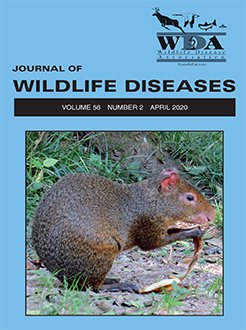Host species may differ in their responses to pathogen exposures based on host energy reserves, which could be important for long-term trends in host population growth. Batrachochytrium dendrobatidis (BD) is a pathogen associated with amphibian population declines but also occurs without causing mass mortalities. The impact of BD in populations without associated declines is not well understood, and food abundance could play a role in determining the magnitude of its effects. We exposed American toad (Anaxyrus americanus), northern leopard frog (Lithobates pipiens), and cricket frog (Acris blanchardi) metamorphs to BD under low or high food treatments. Overall, anuran species responded differently to BD exposure and the combined effect of BD exposure and food abundance was additive. American toad survival was lowered by BD exposure and low food availability. Based on these results, we developed a population model for American toads to estimate how reductions in survival could influence population growth. We found that BD could reduce population growth by 14% with high food availability and 21% with low food availability. In contrast, survival of northern leopard frogs was high across all treatments, but their growth was negatively impacted by the additive effects of BD exposure and low food availability. Cricket frog growth and survival were unaffected by BD exposure, suggesting that this species is not sensitive to the effects of this pathogen in terms of growth and survival across environments of different quality in the time period examined. Our results showed that low food availability additively increased the species-specific lethal and sublethal impacts of BD on hosts, which could have implications for long-term host population dynamics.
How to translate text using browser tools
31 March 2020
LETHAL AND SUBLETHAL AMPHIBIAN HOST RESPONSES TO BATRACHOCHYTRIUM DENDROBATIDIS EXPOSURE ARE DETERMINED BY THE ADDITIVE INFLUENCE OF HOST RESOURCE AVAILABILITY
Samantha L. Rumschlag,
Michelle D. Boone
ACCESS THE FULL ARTICLE

Journal of Wildlife Diseases
Vol. 56 • No. 2
April 2020
Vol. 56 • No. 2
April 2020
Anurans
Batrachochytrium dendrobatidis
Chytridiomycosis
host–pathogen interactions
wildlife disease




